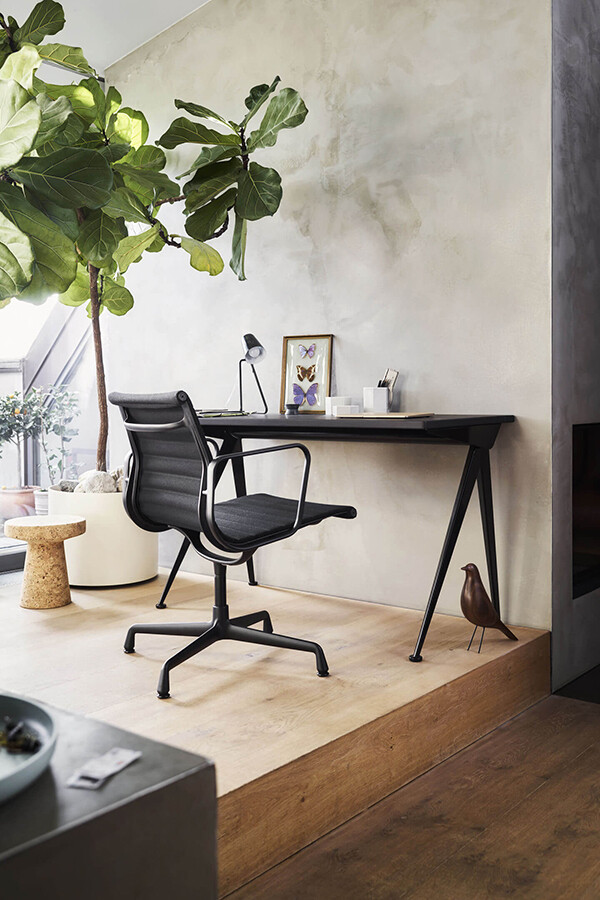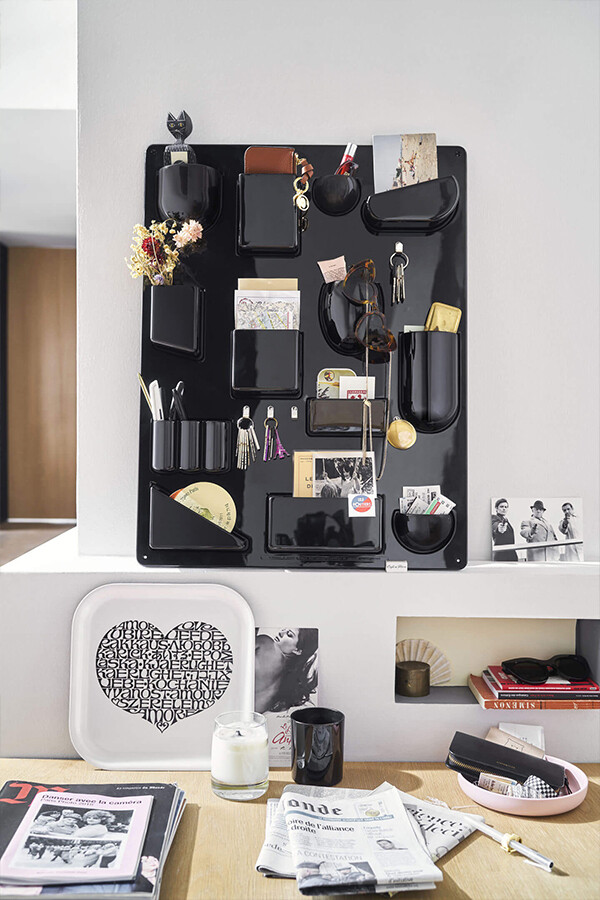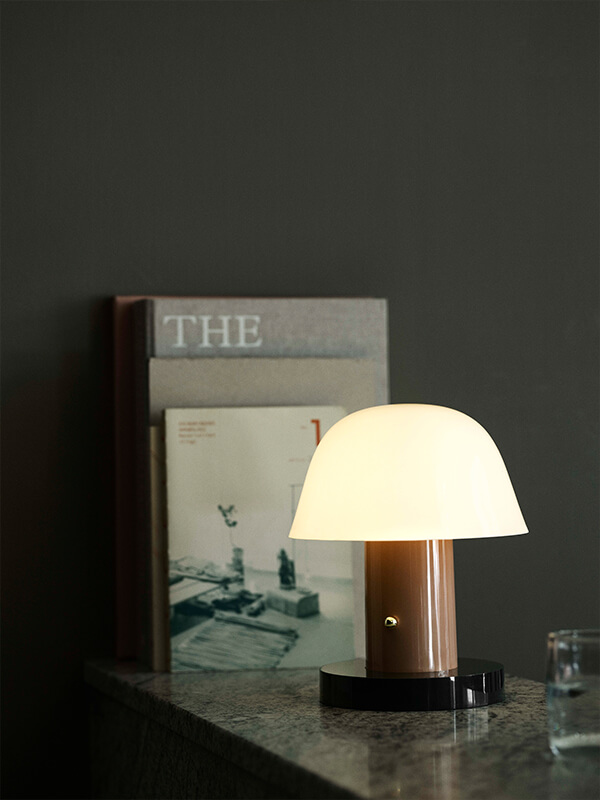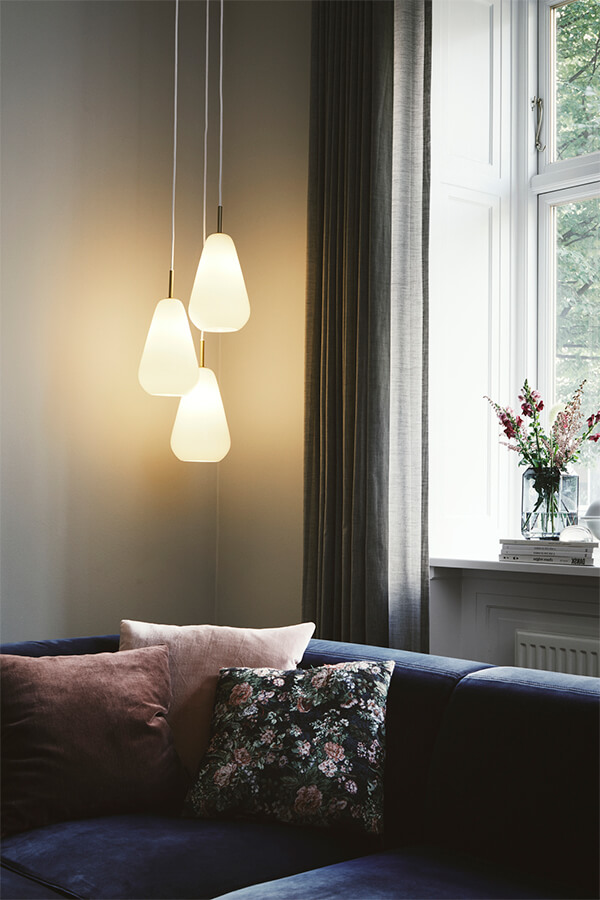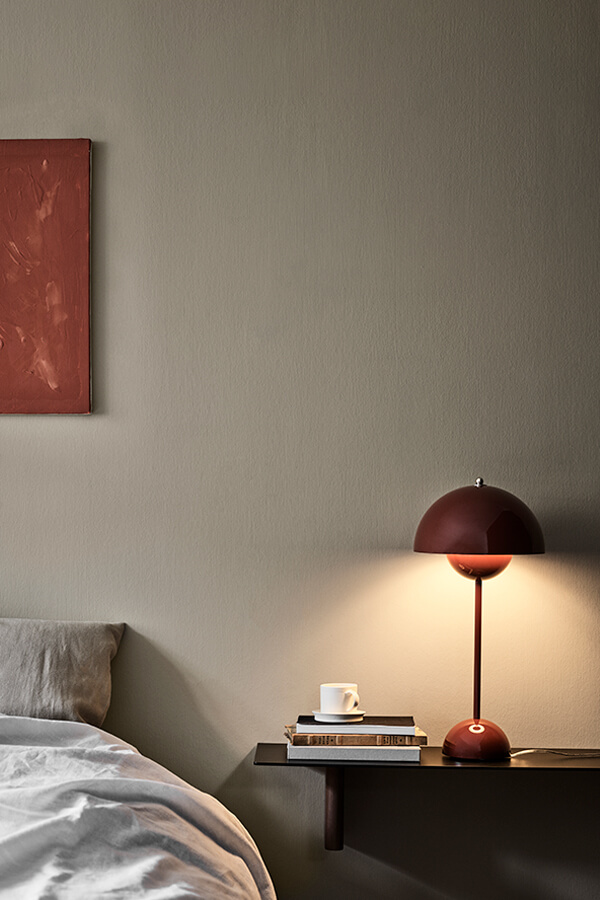Rethinking our spaces
Staying in is the new going out it seems. We are spending ever-increasing amounts of time at home and it looks like a trend that’s set to stay. But what is driving this huge change in how we use our homes?
Throughout early 2020, our ‘rethinking our spaces’ series will investigate the changing state of our homes and discuss clever ways in which our spaces can begin to adapt to lots of extra demands.
The first idea we’re putting a spotlight on is ‘the rise of the homebody’. Changing work routines, increasing anxiety and more economic uncertainty are leading to a worldwide trend of more of us spending more time at home. Such a huge change in lifestyle habits is already having a big change in how we use our interiors but are our spaces ready to cope? We take a look at some of the biggest emerging challenges.
The changing workplace
As the 9-5 becomes a thing of the past, more of us than ever are spending at least a proportion of our week working at home. The IWG Global Workplace Survey from March 2019 found that over half of professional employees globally have a fully equipped home office, with 62% of global employers reporting they have a flexible working policy in place.
In Japan, the government is even getting involved. Due to rapidly increasing urban populations and the pressure on public services – the government have a target for 10% of the workforce to work remotely by 2020.
While there are many positives to flexible working, there are some big challenges too. How can we create spaces that still feel restful when we are having to work, cook, sleep and socialise in them? How can we combat the feelings of isolation that will surely come from spending less time in social situations?
Staying in is the new going out
The increasing amount of time spent at home is even more pronounced in younger generations. With global political, economic and climate concerns, the future is becoming harder to predict. This feeling of uncertainty seems to be leading to a huge change in behaviour within younger generations. One 2018 study in the US found that people between the ages of 18 and 24 spend a massive 70% more time at home than the general population.
For a generation where renting has become the norm, the demand for possessions to be portable and adaptable to different spaces is also growing. This all adds up to a requirement for more flexible living. A demand for multifunctional spaces, where adaptable furniture and lighting play a big part. But how can we make our homes more flexible whilst still keeping them feeling like home?
We reached out to some of our collaborators to gather a few of their thoughts…
As people who often work from home - the boundaries between home, work and leisure are becoming ever more blurred, how do you approach your home for both work time and downtime?
Heather Milner - When I started to work from home, I was terrible - hunched over my laptop in bed, on the sofa, stood up in the kitchen eating my lunch - it was terrible. Not only for my back but emotionally too. I now only work in one designated work area, which is a spare room we turned into an office which was possible because we don't have kids. I know that not many other people have the option to do that, but I would strongly recommend keeping one area for work so that the other 'play' and relaxation areas aren't tarnished.
Anson Low - As I have a work from home job, I spend most of the time at home whether it’s for work or downtime. Therefore, it’s important for me to find a balance in living. It’s quite easy to work excessively when you are working at home if you were a workaholic like me. I do try my best to make sure I take time to relax, have a drink and listen to my favourite tunes for the week. My favourite downtime is spending time with my partner and my Cocker Spaniel! A good walk with him takes the stress away.
Mr Aardal - For me, it’s about creating a safe base where I always can relax and lower my shoulders. A home which has zones for every state of mind, whether I need some time for myself, read a book or want to have a glass of wine with friends. A home that put my senses and mind to ease, by selecting the right colours, materials, shapes and textures. All these factors contribute to give me that home-feeling and to give me the time and space to be creative with all my projects.
Do you think spending more time at home puts us at risk of more feelings of isolation? If so, how can we combat this?
Ruthie Matthews - As somebody who has both a small child and a business that they run from home, the lack of meaningful daily interactions with friends and colleagues can have a really big impact on feelings of isolation and loneliness. Trying to find a network that works for you is really crucial to combating isolation, both socially and because we all need people who can champion us on or empathise with disappointment in lieu of traditional workplace appraisals!
Heather Milner - Definitely! I used to think social media helped - having an online community of other home workers and creatives but I have since found that almost exacerbates the problem. I try and get out to as many events and networking opportunities as possible - you need that personal connection with people and a change of surroundings. I also give myself at least one task outside of the house each day - I find it helps motivate me and stops me feeling sluggish.
What are the most important considerations for a (both physically and mentally) healthy home?
Ruthie Matthews - In our home a link with nature is one of the most important elements, I love the clean lines of modern Scandinavian design but I add texture to this with notes of the outside, from coral and shells to dried flowers and feathers, plants and paint with natural pigment, these all help to make our home feel rooted and healthy. I also think it’s really important to put pieces from your history and those that inspire you at the centre of your design so that a home feels friendly and uplifting.
Heather Milner - Emotionally home should be a place where you feel safe, comfortable and perfectly at ease to be yourself. Some rooms require energy such as busy kitchens and home offices, but others require peace and tranquillity such as living rooms and bedrooms. In my living room, I have the lighting at a low level to create a cosy 'hunkering down' feeling after a busy day at work. In my home office, I have my desk in the middle of the room which is supposed to help with concentration and productivity.
Anson Low - For me, a minimalistic lifestyle helps to build a healthier home and reduces the stress of household chores! This gives me more time to spend with my family with a happier mindset. I also find a minimal aesthetic provides a zen atmosphere to the surroundings where it affects my emotion.
Do you have anything to add? Get involved in the conversation by tagging us on Instagram @nest_co_uk.
Over the coming months, we’ll be taking a more in-depth look at some of the ways you can rethink your home. From modular storage to portable LED lighting, whatever your individual needs, our flexible living guides will help you find the right pieces to get the most out of your home. Keep your eyes peeled for tips and tricks in the new year but until then, here are some ideas to get you started…
Rethinking our spaces
Staying in is the new going out it seems. We are spending ever-increasing amounts of time at home and it looks like a trend that’s set to stay. But what is driving this huge change in how we use our homes?
Throughout early 2020, our ‘rethinking our spaces’ series will investigate the changing state of our homes and discuss clever ways in which our spaces can begin to adapt to lots of extra demands.
The first idea we’re putting a spotlight on is ‘the rise of the homebody’. Changing work routines, increasing anxiety and more economic uncertainty are leading to a worldwide trend of more of us spending more time at home. Such a huge change in lifestyle habits is already having a big change in how we use our interiors but are our spaces ready to cope? We take a look at some of the biggest emerging challenges.
The changing workplace
As the 9-5 becomes a thing of the past, more of us than ever are spending at least a proportion of our week working at home. The IWG Global Workplace Survey from March 2019 found that over half of professional employees globally have a fully equipped home office, with 62% of global employers reporting they have a flexible working policy in place.
In Japan, the government is even getting involved. Due to rapidly increasing urban populations and the pressure on public services – the government have a target for 10% of the workforce to work remotely by 2020.
While there are many positives to flexible working, there are some big challenges too. How can we create spaces that still feel restful when we are having to work, cook, sleep and socialise in them? How can we combat the feelings of isolation that will surely come from spending less time in social situations?
Staying in is the new going out
The increasing amount of time spent at home is even more pronounced in younger generations. With global political, economic and climate concerns, the future is becoming harder to predict. This feeling of uncertainty seems to be leading to a huge change in behaviour within younger generations. One 2018 study in the US found that people between the ages of 18 and 24 spend a massive 70% more time at home than the general population.
For a generation where renting has become the norm, the demand for possessions to be portable and adaptable to different spaces is also growing. This all adds up to a requirement for more flexible living. A demand for multifunctional spaces, where adaptable furniture and lighting play a big part. But how can we make our homes more flexible whilst still keeping them feeling like home?
We reached out to some of our collaborators to gather a few of their thoughts…
As people who often work from home - the boundaries between home, work and leisure are becoming ever more blurred, how do you approach your home for both work time and downtime?
Heather Milner - When I started to work from home, I was terrible - hunched over my laptop in bed, on the sofa, stood up in the kitchen eating my lunch - it was terrible. Not only for my back but emotionally too. I now only work in one designated work area, which is a spare room we turned into an office which was possible because we don't have kids. I know that not many other people have the option to do that, but I would strongly recommend keeping one area for work so that the other 'play' and relaxation areas aren't tarnished.
Anson Low - As I have a work from home job, I spend most of the time at home whether it’s for work or downtime. Therefore, it’s important for me to find a balance in living. It’s quite easy to work excessively when you are working at home if you were a workaholic like me. I do try my best to make sure I take time to relax, have a drink and listen to my favourite tunes for the week. My favourite downtime is spending time with my partner and my Cocker Spaniel! A good walk with him takes the stress away.
Mr Aardal - For me, it’s about creating a safe base where I always can relax and lower my shoulders. A home which has zones for every state of mind, whether I need some time for myself, read a book or want to have a glass of wine with friends. A home that put my senses and mind to ease, by selecting the right colours, materials, shapes and textures. All these factors contribute to give me that home-feeling and to give me the time and space to be creative with all my projects.
Do you think spending more time at home puts us at risk of more feelings of isolation? If so, how can we combat this?
Ruthie Matthews - As somebody who has both a small child and a business that they run from home, the lack of meaningful daily interactions with friends and colleagues can have a really big impact on feelings of isolation and loneliness. Trying to find a network that works for you is really crucial to combating isolation, both socially and because we all need people who can champion us on or empathise with disappointment in lieu of traditional workplace appraisals!
Heather Milner - Definitely! I used to think social media helped - having an online community of other home workers and creatives but I have since found that almost exacerbates the problem. I try and get out to as many events and networking opportunities as possible - you need that personal connection with people and a change of surroundings. I also give myself at least one task outside of the house each day - I find it helps motivate me and stops me feeling sluggish.
What are the most important considerations for a (both physically and mentally) healthy home?
Ruthie Matthews - In our home a link with nature is one of the most important elements, I love the clean lines of modern Scandinavian design but I add texture to this with notes of the outside, from coral and shells to dried flowers and feathers, plants and paint with natural pigment, these all help to make our home feel rooted and healthy. I also think it’s really important to put pieces from your history and those that inspire you at the centre of your design so that a home feels friendly and uplifting.
Heather Milner - Emotionally home should be a place where you feel safe, comfortable and perfectly at ease to be yourself. Some rooms require energy such as busy kitchens and home offices, but others require peace and tranquillity such as living rooms and bedrooms. In my living room, I have the lighting at a low level to create a cosy 'hunkering down' feeling after a busy day at work. In my home office, I have my desk in the middle of the room which is supposed to help with concentration and productivity.
Anson Low - For me, a minimalistic lifestyle helps to build a healthier home and reduces the stress of household chores! This gives me more time to spend with my family with a happier mindset. I also find a minimal aesthetic provides a zen atmosphere to the surroundings where it affects my emotion.
Do you have anything to add? Get involved in the conversation by tagging us on Instagram @nest_co_uk.
Over the coming months, we’ll be taking a more in-depth look at some of the ways you can rethink your home. From modular storage to portable LED lighting, whatever your individual needs, our flexible living guides will help you find the right pieces to get the most out of your home. Keep your eyes peeled for tips and tricks in the new year but until then, here are some ideas to get you started…



